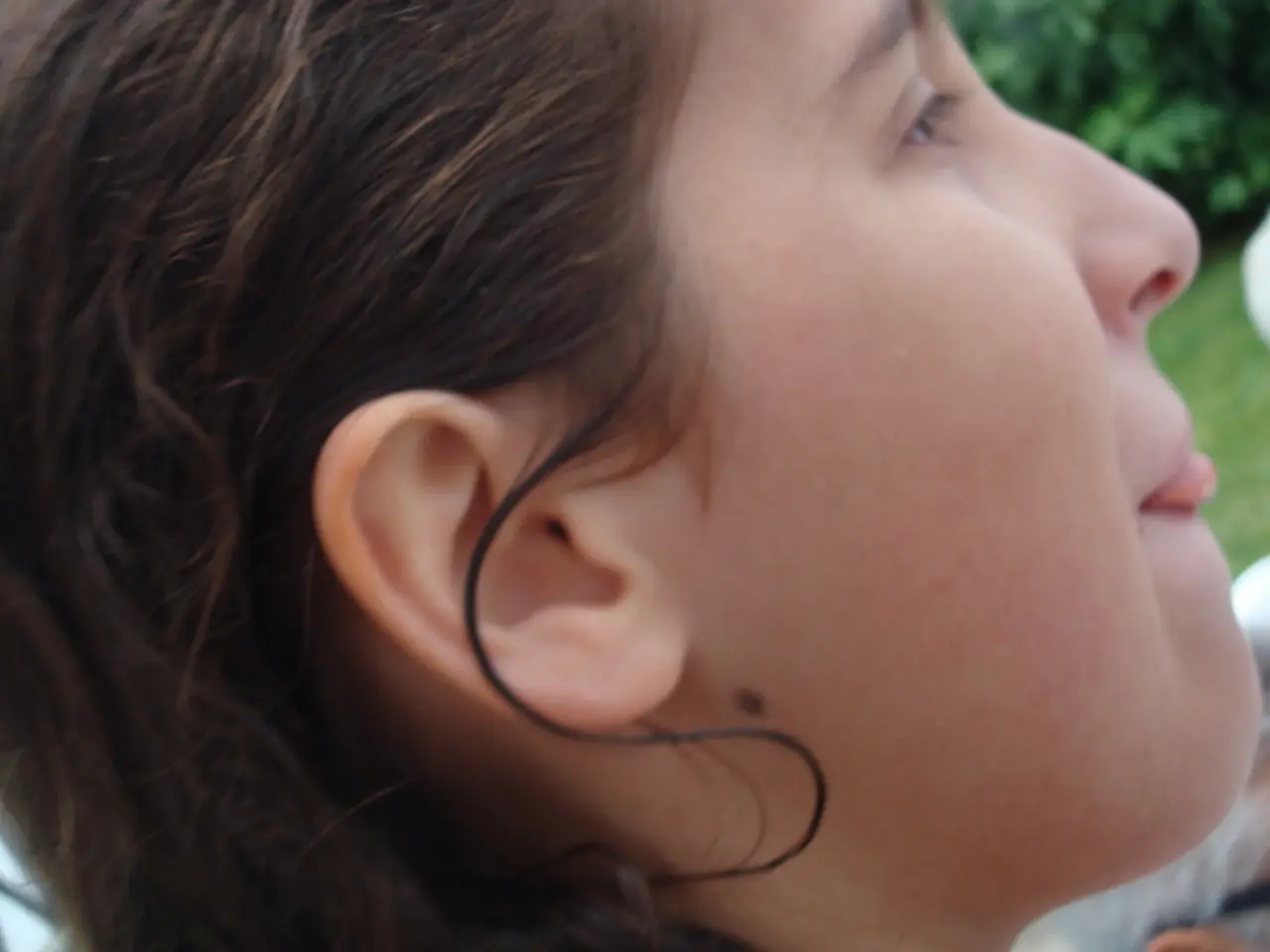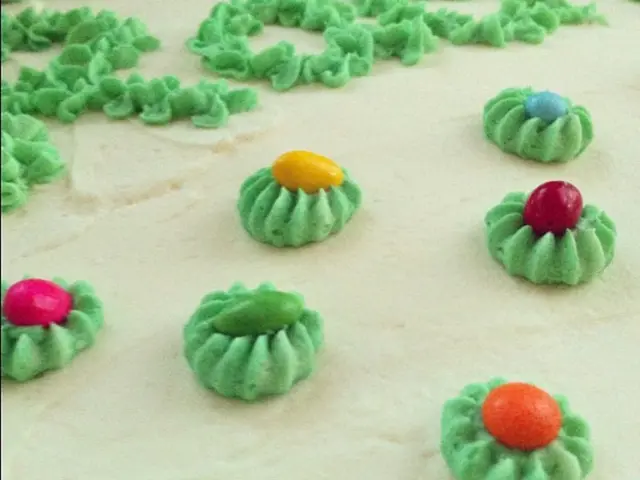A description of Child Naevus, a common skin condition in children.
A childhood mole, often referred to as a naevus or birthmark, is a common skin lesion found in children. These benign growths can appear in various forms, ranging from flat to raised, and can vary in color from light brown to dark black. Some common types of benign naevi include spider naevus, spitz naevus, blue naevus, and strawberry naevus, each with distinct characteristics.
A spitz naevus typically appears as a pink or reddish bump, often dome-shaped, and can resemble melanoma. On the other hand, a blue naevus is characterized by its blue or bluish-black color, resulting from pigment deep within the skin. A spider naevus is a small, red spot with thin, spider-like blood vessels radiating outward. A strawberry naevus, also known as a hemangioma, is a raised, red mark that resembles a strawberry and is common in infants.
Most child naevi do not require treatment unless they cause discomfort or cosmetic concerns, or there is a risk of complications. However, it is crucial to monitor a child naevus for early detection, peace of mind, and informed decisions. Signs of concern include asymmetry, irregular borders, color variation, and a diameter larger than a pencil eraser (about 6mm). Any changes in size, shape, or color of a congenital naevus, or if it starts to bleed or itch, should be assessed by a healthcare professional.
Regular skin check-ups can help monitor any changes in your child's skin, including their naevus. Proper care for a child's naevus includes regularly monitoring for changes in size, shape, or color, keeping the area clean and protected from injury, and consulting a dermatologist for any concerns or changes.
Parents should consider treatment if the naevus is causing physical discomfort or psychological distress, there are concerns about the potential for malignancy, or the naevus is located in an area that is frequently irritated or injured. In some cases, a child naevus may be associated with a higher risk of melanoma if there is a family history of skin cancer.
It's important to note that most naevi are composed of clusters of pigment-producing cells called melanocytes. If you have any doubts about your child's naevus, it's best to consult a dermatologist for a thorough examination and biopsy, if necessary.
In rare cases, a condition called Epidermal Nevus Syndrome may be present, characterized by the presence of epidermal nevi. This syndrome requires specialized management and may involve multiple organs.
In conclusion, while most childhood moles are benign, it is essential to monitor them regularly for any changes. If you notice any significant changes in your child's naevus, such as rapid growth, bleeding, or changes in color, it is important to seek medical advice promptly. By being vigilant and proactive, you can help ensure your child's skin health and wellbeing.
Read also:
- Researchers delve into unexplored territories of cardiovascular wellness with the Apple Watch
- Enhancing Vaginal Health through Probiotics: Top Strains for Maintaining pH Levels
- Uncovered in a Danish cellar, a 130-year-old butter additive harbors bacteria dating back to the 1890s.
- Duties and Responsibilities of a Caregiver for Dementia Patients (A Simplified Handbook)





